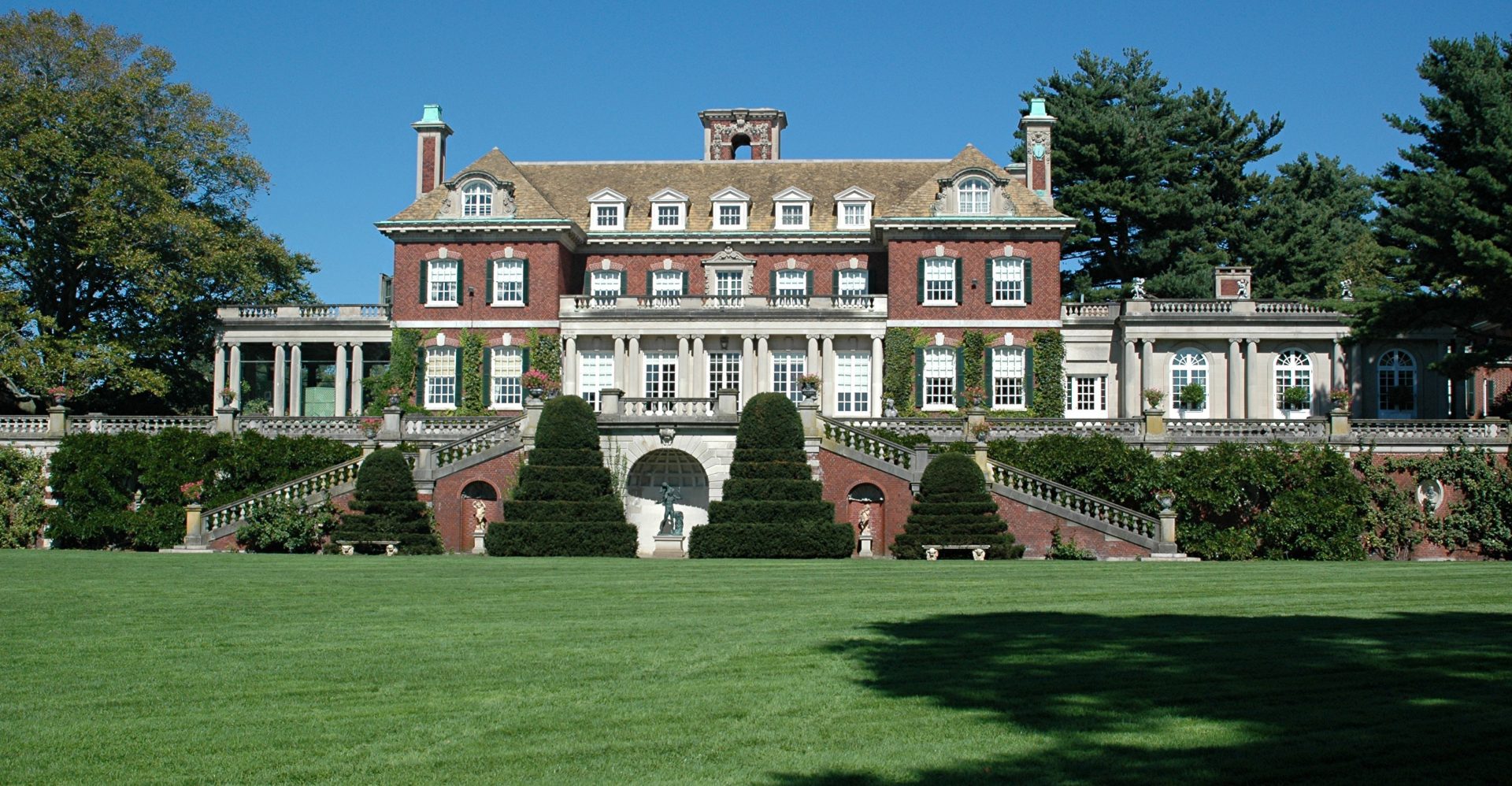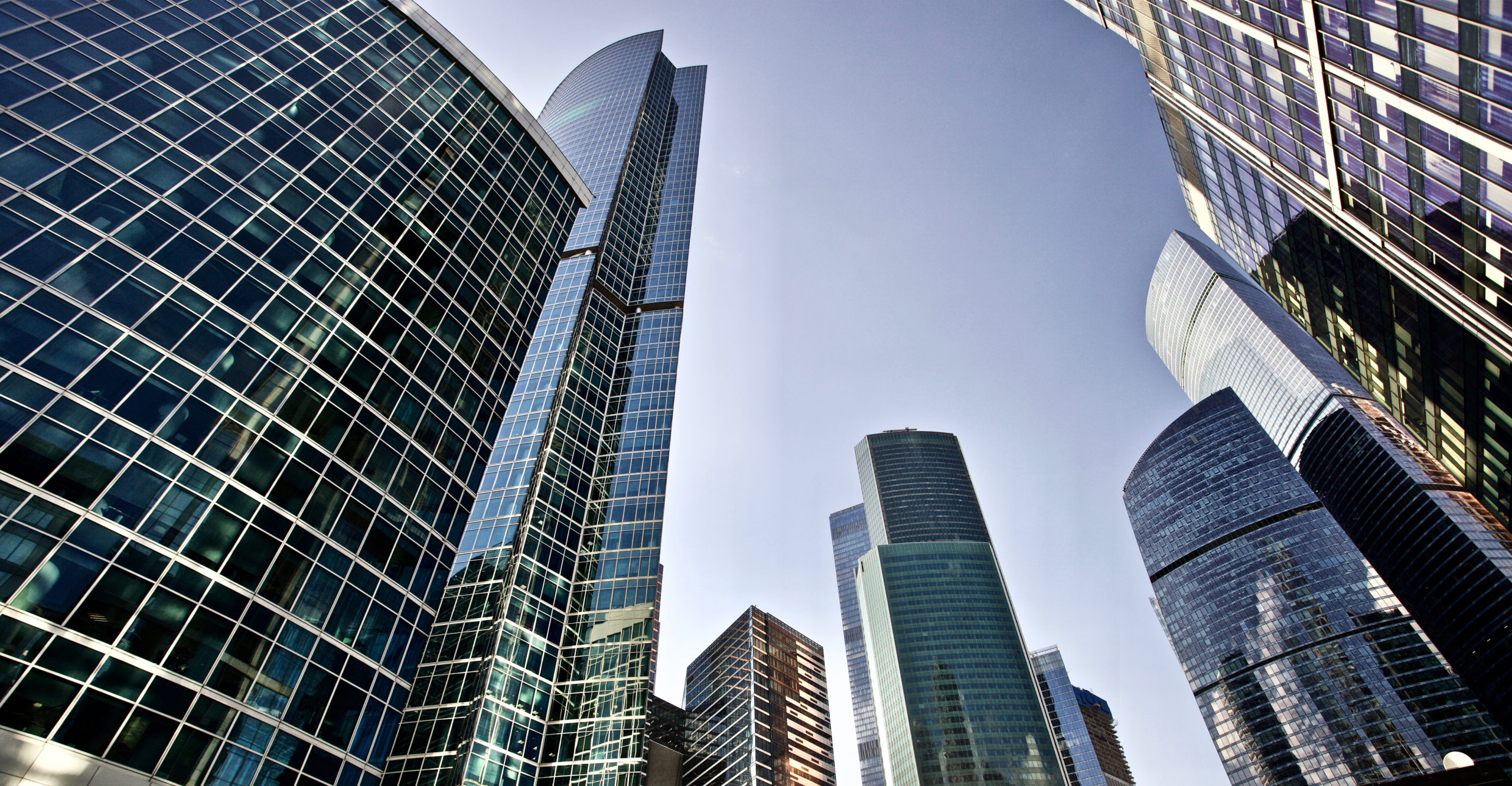
March 2020
4 Min Read
An Architect’s Treasure: Old Westbury Gardens designed by George A. Crawley
Old Westbury Gardens (c. 1904) is a beautiful museum that hosts summer events, tours, workshops, festivals and concerts in their magnificent outdoor gardens. The verdurous landscape offers lush flowers, shrubs terraced plantings for visitors to enjoy. You may recognize the property in various movies such as Love Story, Hitch, Cruel Intentions, and American Gangster. The museum is the former home of John S. Phipps (1874-1958), heir to a United States Steel Corporation fortune. Phipps purchased the 175 acres of land in 1901 to begin building his Westbury home three years later in 1904. Jay as he was known, promised his future bride Margarita Grace, daughter of the Grace Steamship Company, that if she would marry, he would build her a house and a garden in America as beautiful as the ones she would be leaving behind in England.
For the design of the house, Phipps engaged another Englishman George A. Crawley, who had previously worked with Jay’s father Henry Phipps, on his New York City Townhouse. Having no formal architectural training and holding a degree in history from Cambridge University, Crawley collaborated with the well-known American architect Grosvenor Atterbury to develop the technical drawings for construction. The Restoration Style of architecture, known for the reign of English King Charles II (1660-1685), was a colorful period of artistic opulence and freedom. This can be seen in the home’s exterior with its magnificent limestone, diaper patterned Virginia red clay brick exterior, honey toned stone roof, and lavish interior wood detailing.
John and Margarita Grace Phipps lived in the home with their four children. With the brilliant help of Crawley, the interiors were decorated with 18th century furnishings and art. The mansion consists of 23 rooms styled with rare antiques reminding the family of their English roots. Although Crawley continued to design and remain close to the Phipps, later additions and alterations to the home were made by Philadelphia architect Horace Trumbauer and pool design by Boston architect Paul R. Smith.
More than 350 different types of trees and shrubs make up this colorful arboretum. The estate grounds were also designed by Crawly and included a polo field, tennis court, rose garden, and lattice pavilion all constructed by 1907. The approach and views are carefully sculpted with the south terrace elevated and overlooking the great lawn through rows of dogwoods, American linden, and hemlock trees. The formal gardens represent a visual history of English landscape design, incorporating axial views, gardened walls, woodlands, ponds, and carefully placed sculptures.
The couple’s only daughter Margaret Phipps Boegner opened the grand Long Island estate to the public in 1959 shortly after the death of her parents. Margaret, at this time, was married and living in a more modest colonial house adjacent to the estate, becoming the founder and chairwoman of the not-for-profit Old Westbury Gardens until her death in 2006 at age 99.
The Westbury house and its grounds carefully preserve the early twentieth century lifestyle of the Phipps family. The museum is visited from April to October for school museum tours, outdoor concerts and events, and various workshops. The estate hosts winter events as well for Holiday celebrations.



















































